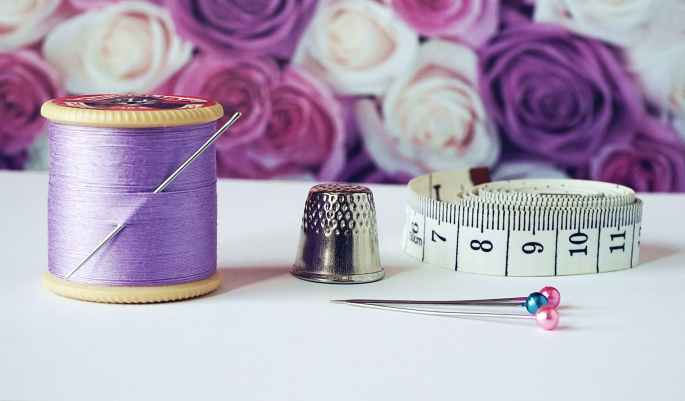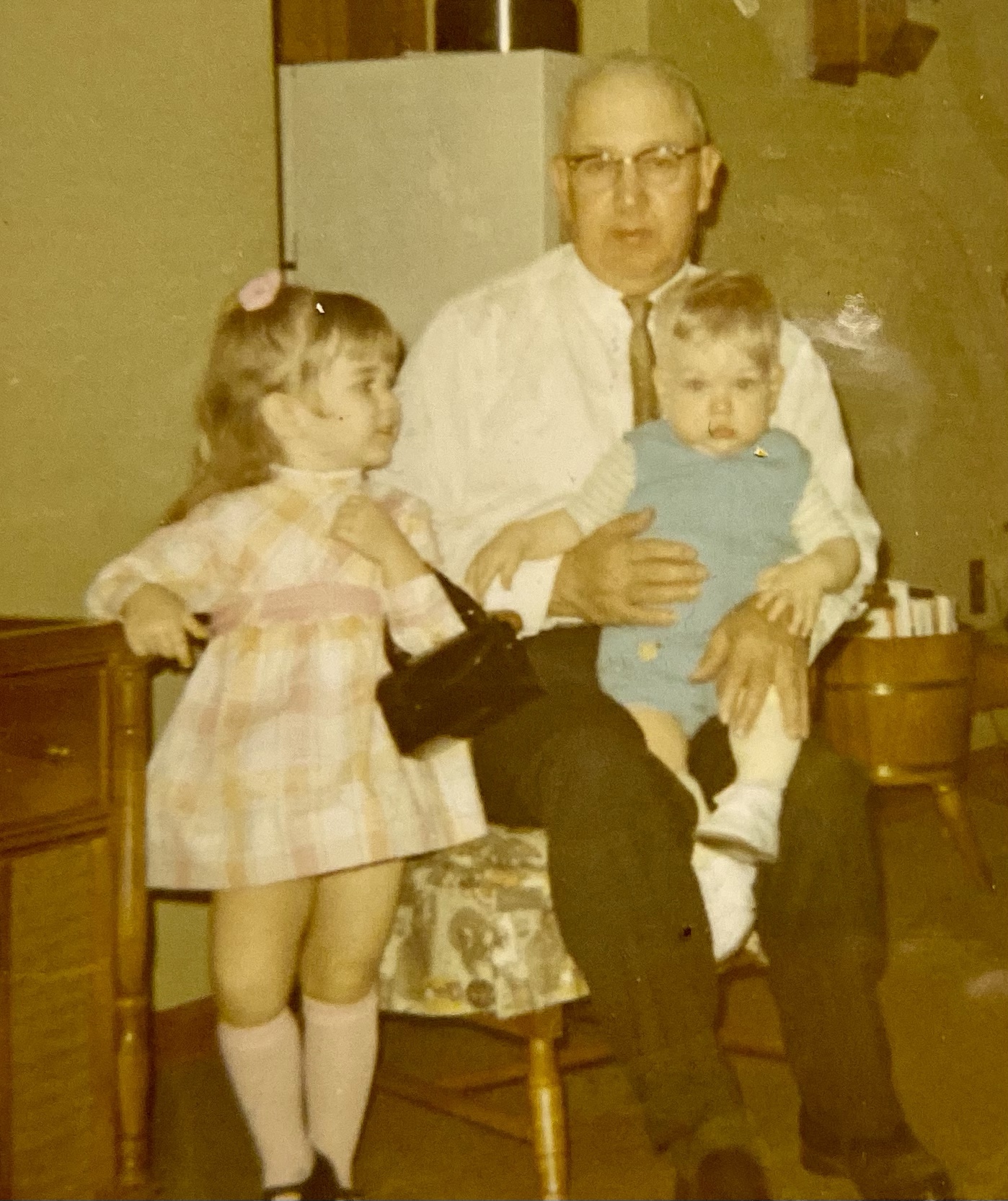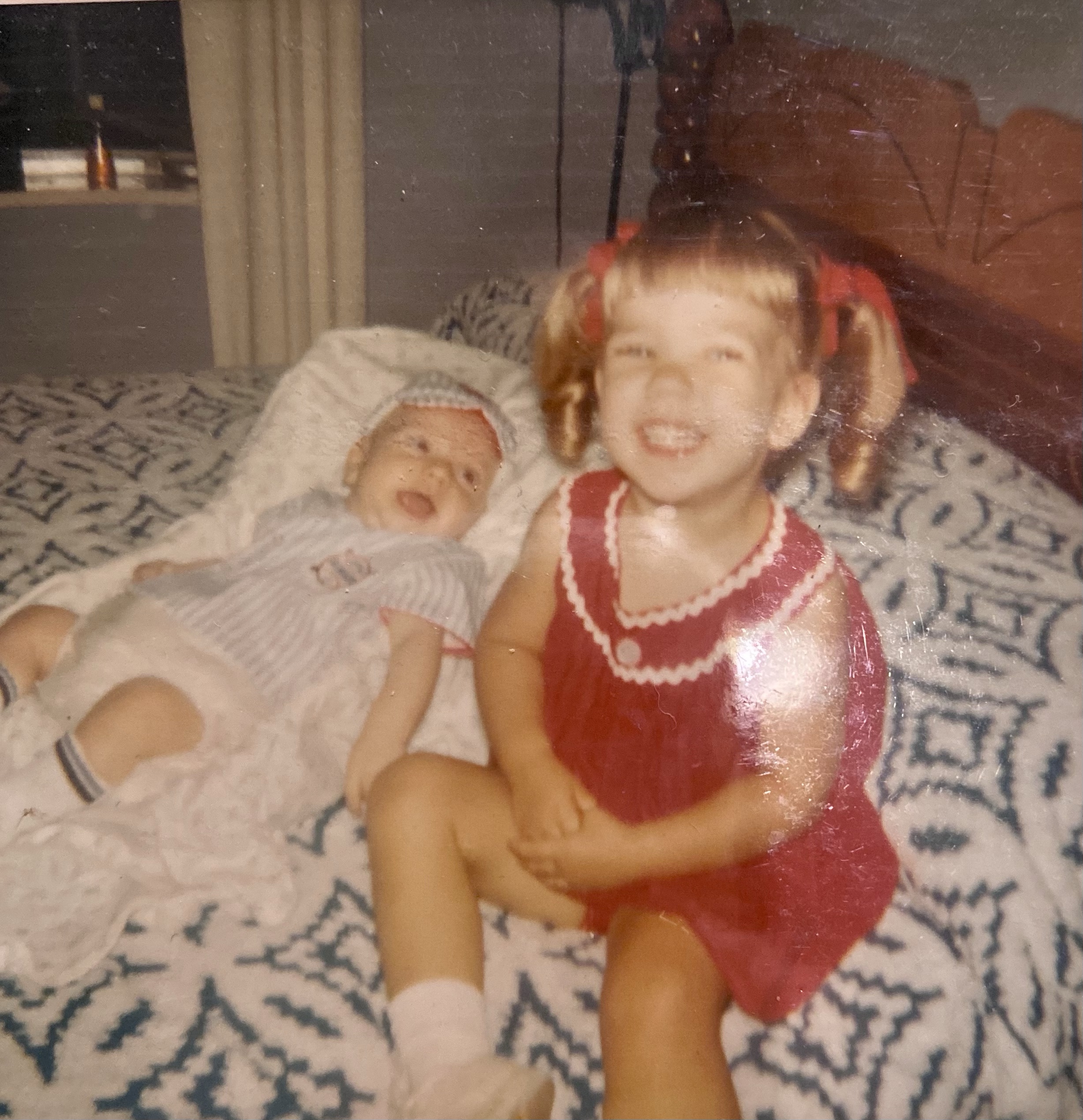“It’s made me realize that imperfect is perfectly comfortable to me. Whether it’s a city or my apartment, I feel most at home when things are somewhat flawed.”–Hoda Kotb

I’m a Little TeaPot 🫖
I picked up the teapot. It had a chip on the top of its deep navy shape. I could feel how simultaneously sad and angry I was. The chip was my fault. I had dropped the lid and broken a piece off revealing the original white unglazed pottery underneath.
Suddenly, the spiral began. Why am I such a clutz? How could I be so stupid? What is wrong with me that I can’t simply hold on to a lid in soapy water? Way to go, Steph.
I am familiar with that inner critical voice demanding so-called, “prefection.” That voice is full of all of the things I should do, and it also lists all the ways I fail and fall short. It is the voice that can sometimes make me cry when I sense I have let someone down or dropped the ball on something I “should” have done.

coping skills 🥸
In my younger years, I tried a variety of coping mechanisms to quell that demanding, perfectionist voice. I attempted to ignore the inner critic, but until I was wise enough to know the difference, ignoring sometimes led to overlooking those helpful, intuitive signals. I also tried projecting a big ego full of confidence to hide that voice of doubt–which, I quickly learned, was a sure way to epically fail. Of course, there were the tried-and-not-so-true methods of numbing that critic with overeating, over drinking, or even overdoing, but that only made me more miserable.
Listening to that inner critic has also led to procrastination. For example, if I know a specific big job/task needs to be completed, I can become paralyzed from completing it because my inner critic states it must be completed in a certain “perfect” manner, making the task seem more overwhelming than it is. This paralysis can lead to shame, guilt, and self-loathing because it points to “another failure” when left undone.
Other times, it’s not so much about procrastination as much as it is that I am managing a wide array of interests, so I get side-tracked from one project to work on another. Nonetheless, focusing on those “other interests,” instead of the “one-big-thing,” can also instigate self-criticism because, “Why can’t I be more focused and stick to one thing?”
Surely, there are others who fight this battle of perfectionism. Right? Based upon all of the various titles of best selling books centered around the topic of perfectionism, I certainly must not be alone in my battle.

Letting go of the Perfectionism script 📝
However, with age, my inner gaze, like my own vision, has changed. Letting go of perfection has, to a certain degree, been a natural part of the aging process. Aging, and the life-wisdom that comes with it, empowers me to more closely see the reality of situations.
For example, while writing this piece, I picked up an individually wrapped mint to pop in my mouth to allow it to slowly dissolve as I write. Unfortunately, when I picked it up, I dropped the mint on the floor. My first voice said, “Way to go, dork. You broke the mint. Now, you’ll end up crunching it, rather than slowly letting it dissolve.” Fortunately, my wiser, older voice swiftly pointed out, “Now, you have two mints! Twice the enjoyment!”
Of course, this is a simple scenario, but it leads to my next point. Learning to let go of the narrative of perfection is difficult, and it is more of a process than a destination. Here’s the thing though. My beautiful, albeit chipped, navy tea pot still works. It still steeps my various teas perfectly, and it pours without spilling a drop. All I have to do is turn the lid, and no one has to see the chip. Thus, learning to turn, or flip, the narrative of that inner critical voice demanding “perfections” is likewise a great tool.
While there is nothing inherently wrong with setting high personal standards, leaving wiggle room for what is truly acceptable, is a much less stressful approach. It also helps deflate the bubble of shame often attached to rigid standards when we allow for a less-stringent approach.

Flawless 😎
Another strategy for releasing perfectionism’s grip is to observe that many of our so-called “personal flaws,” when viewed from a different perspective, are actually strengths. For example, I might leave one task undone for a longer than “it should be” time period, but that is typically because I am pursuing a creative endeavor such as writing, cooking, or even planning how I will teach a concept to my students. What’s wrong with that? Like you, I also wear many hats, so why shouldn’t I give myself grace to focus on one task without pressure to do all tasks “now.”
The more we can learn to adapt an attitude of grace and self-acceptance the more likely the tentacles of perfectionism will begin to loosen. By embracing our many strengths and talents, we can also feel the weight of shame lifting like a dark cloud shattering as sunlight breaks through. For example, in my own life, I am not the early bird at work in the morning, but that’s because I am a morning person. I spend several hours completing numerous tasks at home before arriving at work, such as writing, exercising, grading papers, and so on. Therefore, why should I feel ashamed of my productivity?
Another skill that has also come with age is learning to focus less on so-called mistakes, and instead, making a point to respect the fact that any time I make a mistake, it fosters my own learning. Mistakes are, in reality, a path to learning to do something better and a tool for continuing to hone a skill. One example of this was when I was adapting an old family recipe for pound cake to a gluten-free variation. I botched that cake twice before finally figuring out the best way to make it. Even now, I continue to refine and improve not only that recipe, but also my own technique for baking gluten-free. It is through this acceptance and openness to allowing for mistakes that growth can occur.

MUlishly imperfect ⭐️ 💫 🌟
In the end, that inner-critic with its attachment to being perfect is misleading and false. One look at nature reveals anomalies, asymmetries, and even accidents are all part of one big beautiful creation.
Consider the mule. It is the offspring of male donkey and a female horse. It’s not a perfect horse, and it’s not a perfect donkey. Instead, it possesses its own unique imperfect–some might even say, mulish– vibe, and so can we.
While focusing less on our so-called flaws and more on strengths, leaving wiggle room for plan B (or C and D), and remaining open to the lessons of a mistake, may not lead to perfection, it sure can lead to a much more peaceful, approachable, and manageable way of living. It’s not easy, and it requires patient practice in the pursuit of learning to let go. However, with continued practice, we can begin to let go of that “perfect” narrative and become much more at ease with the “imperfect.”

















